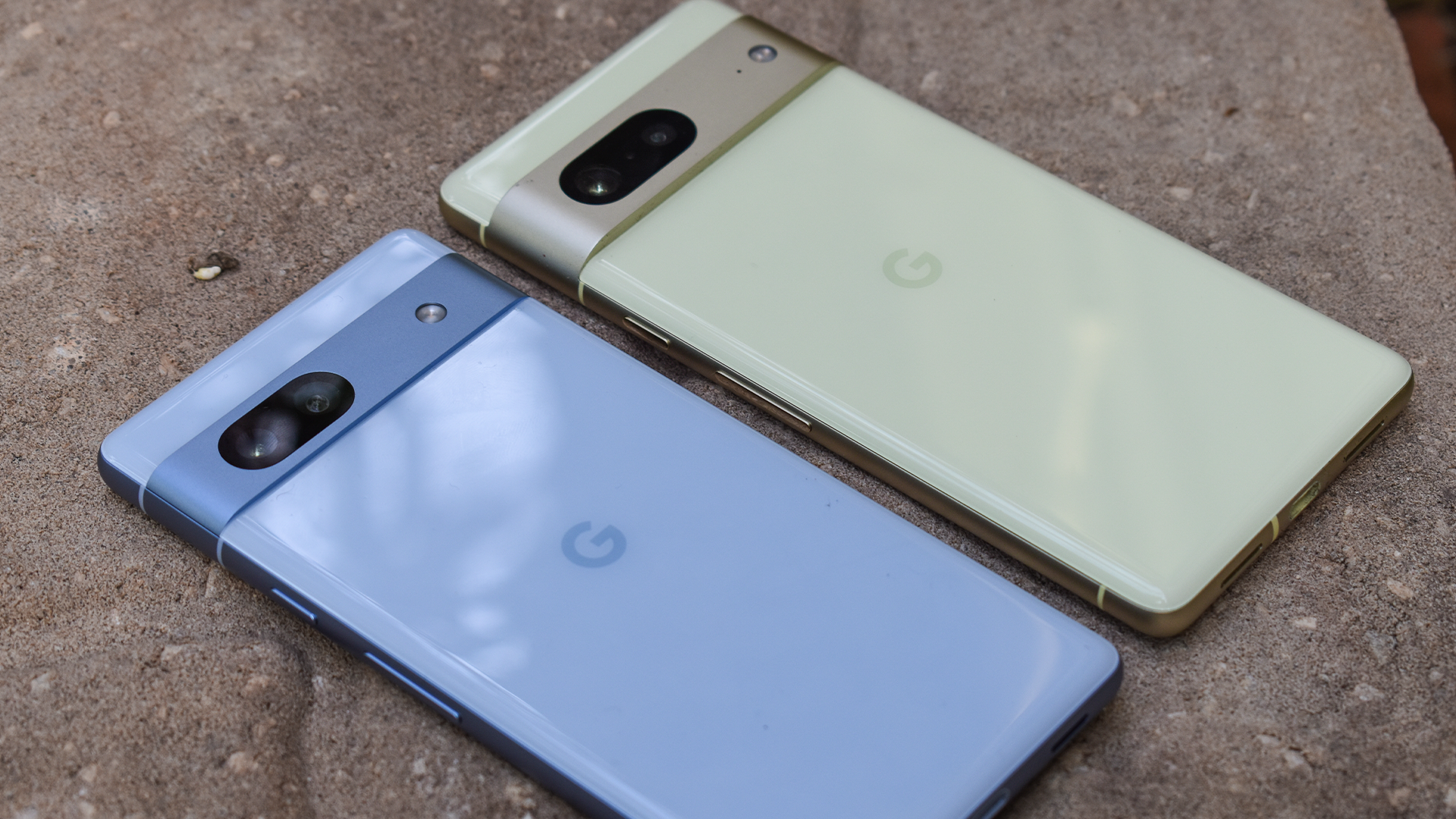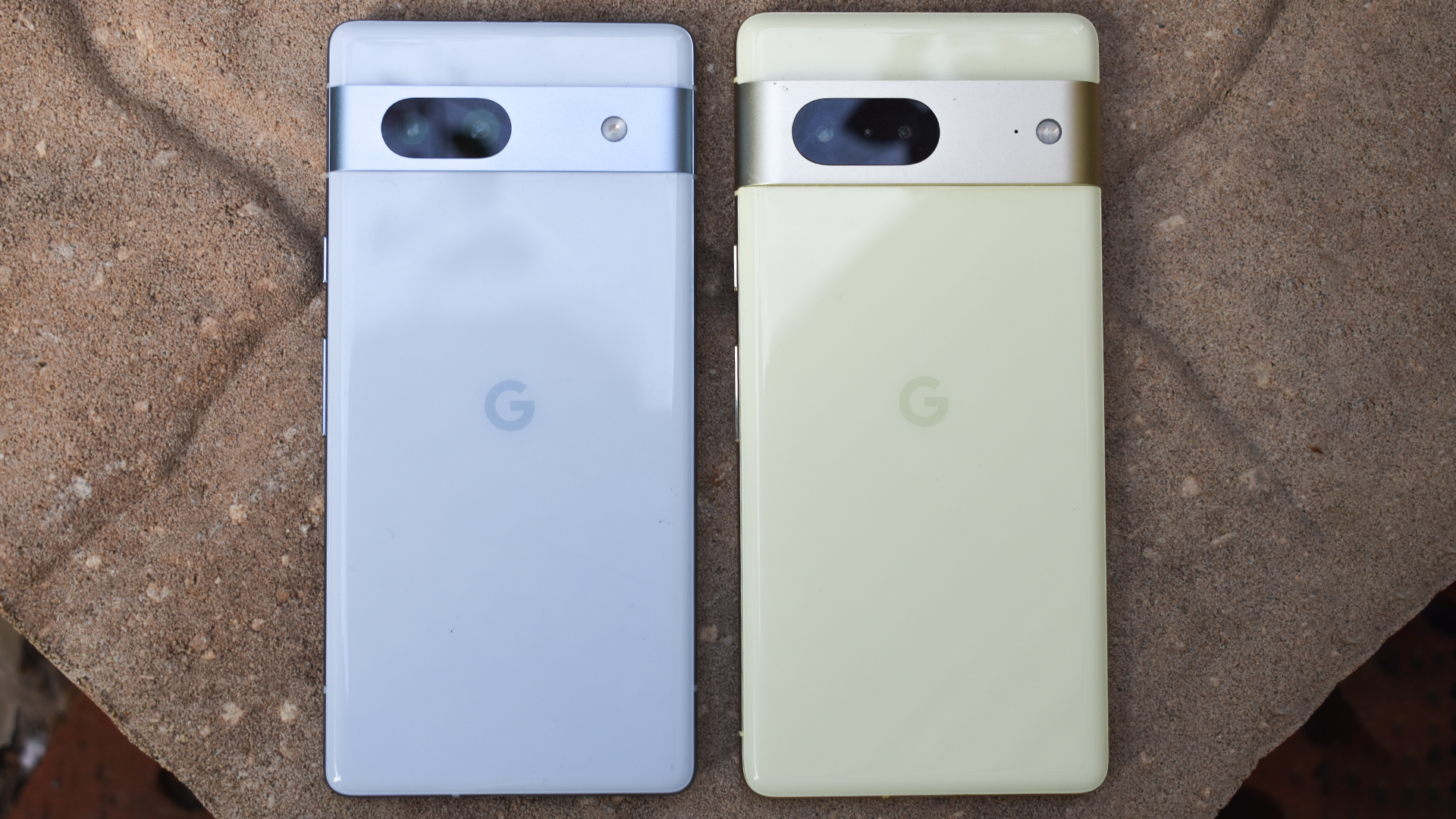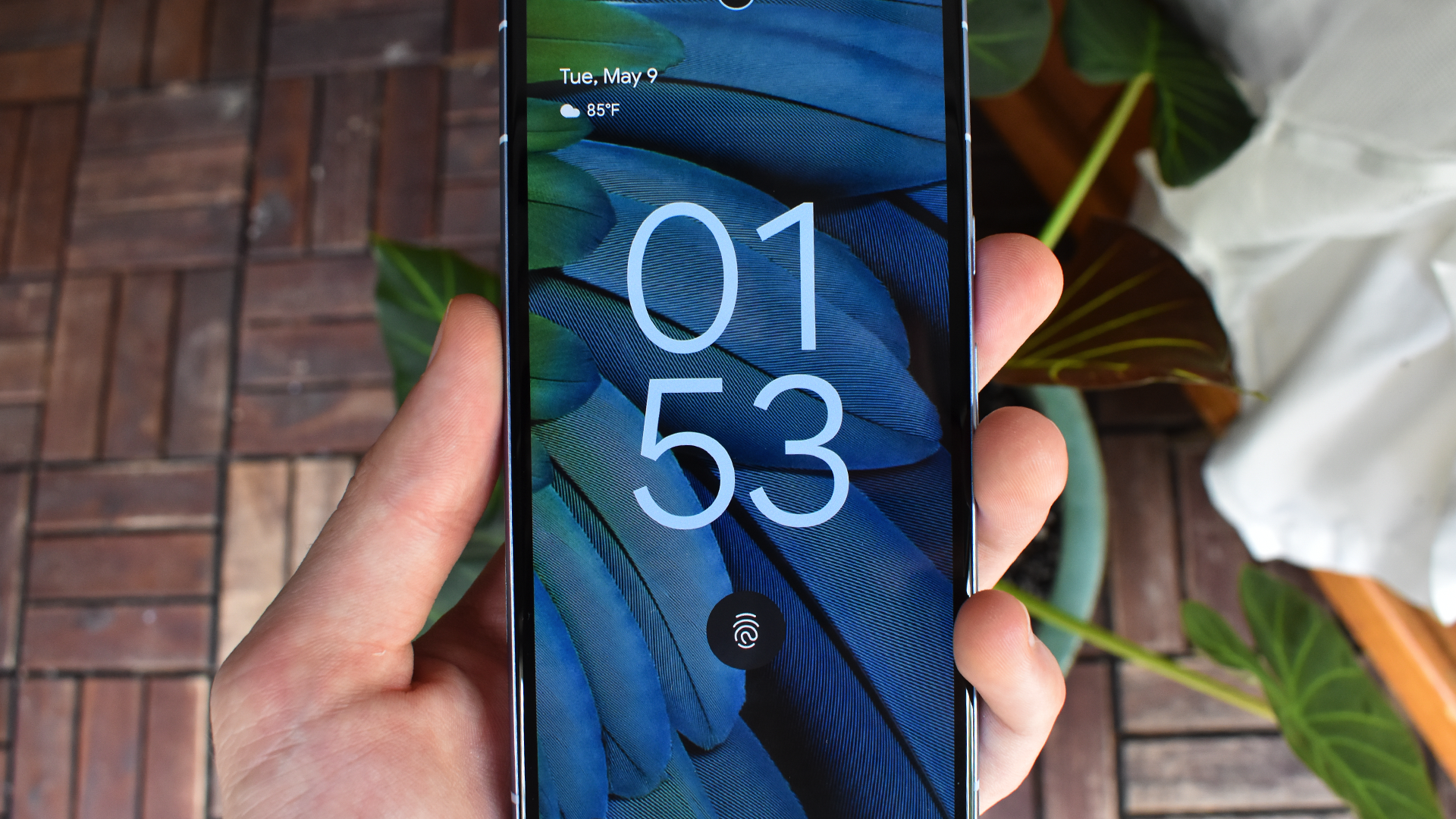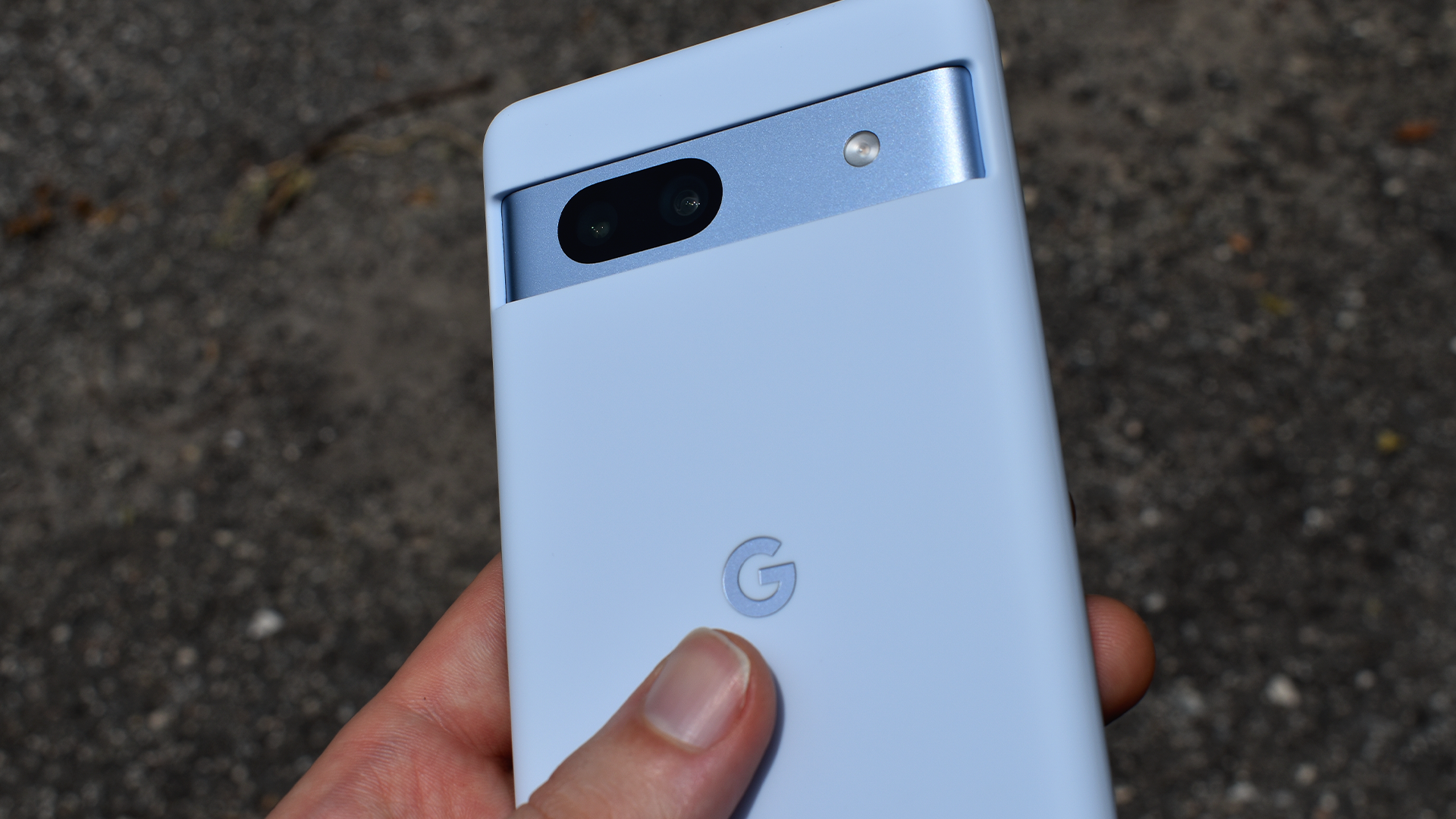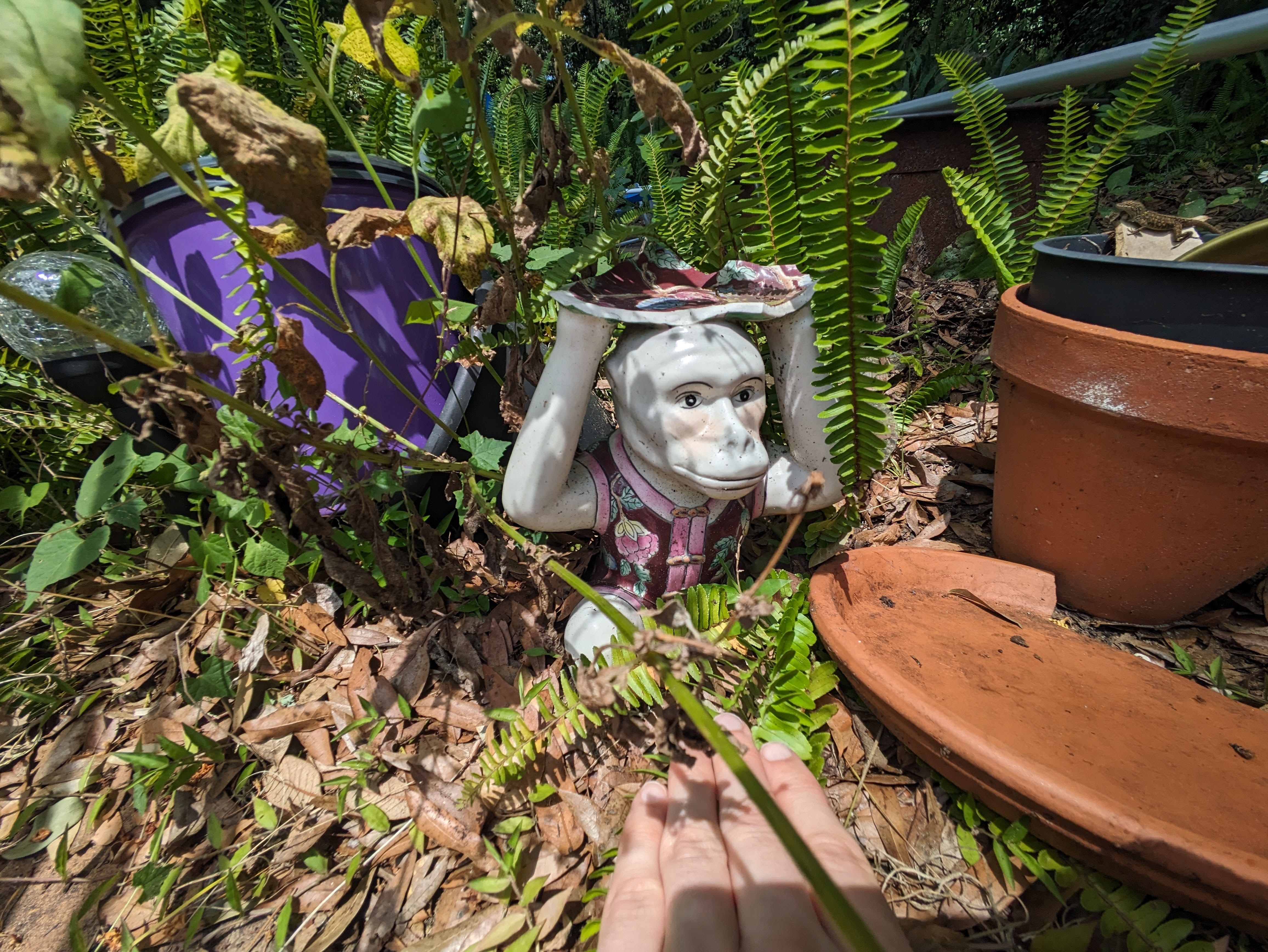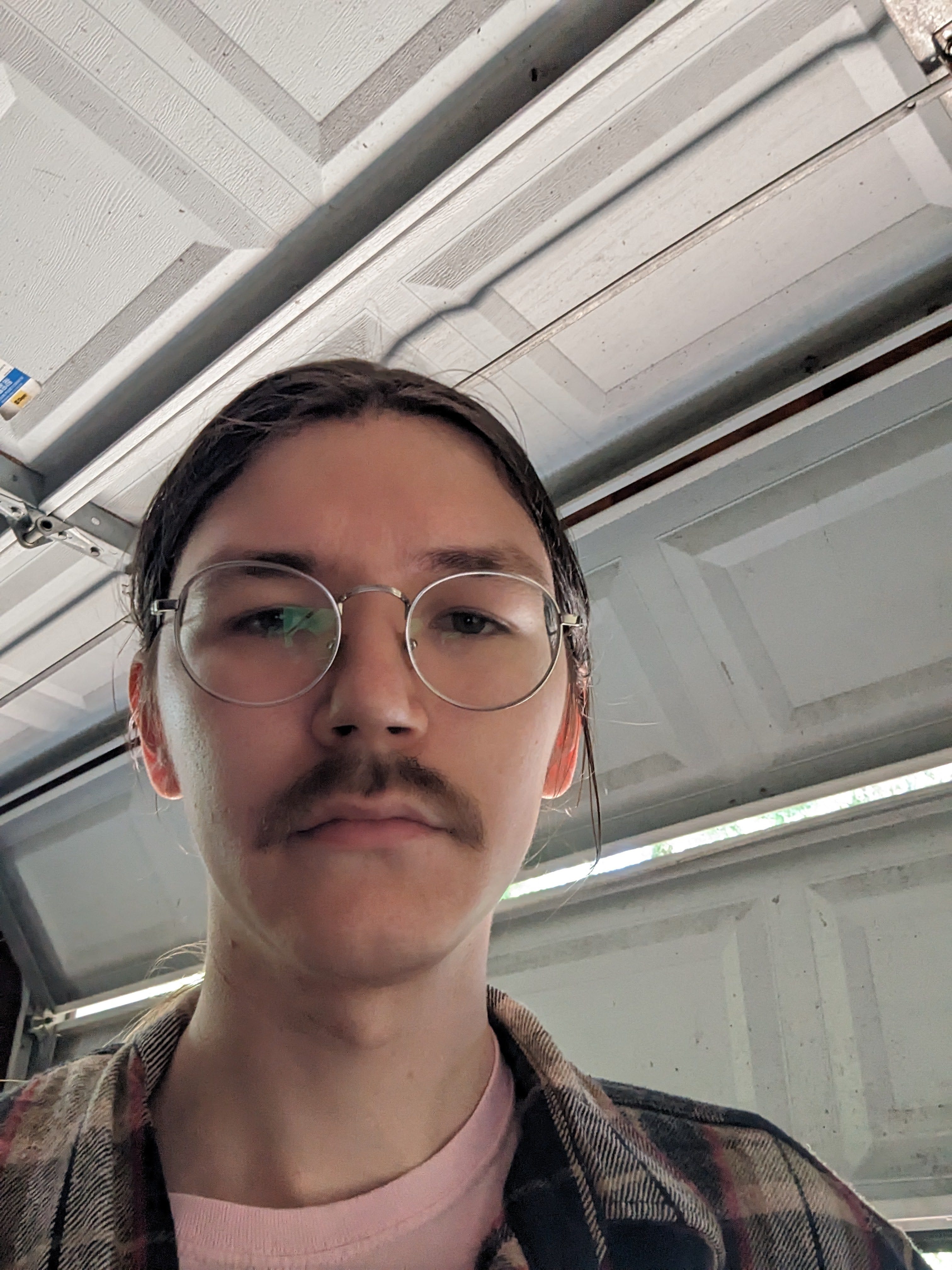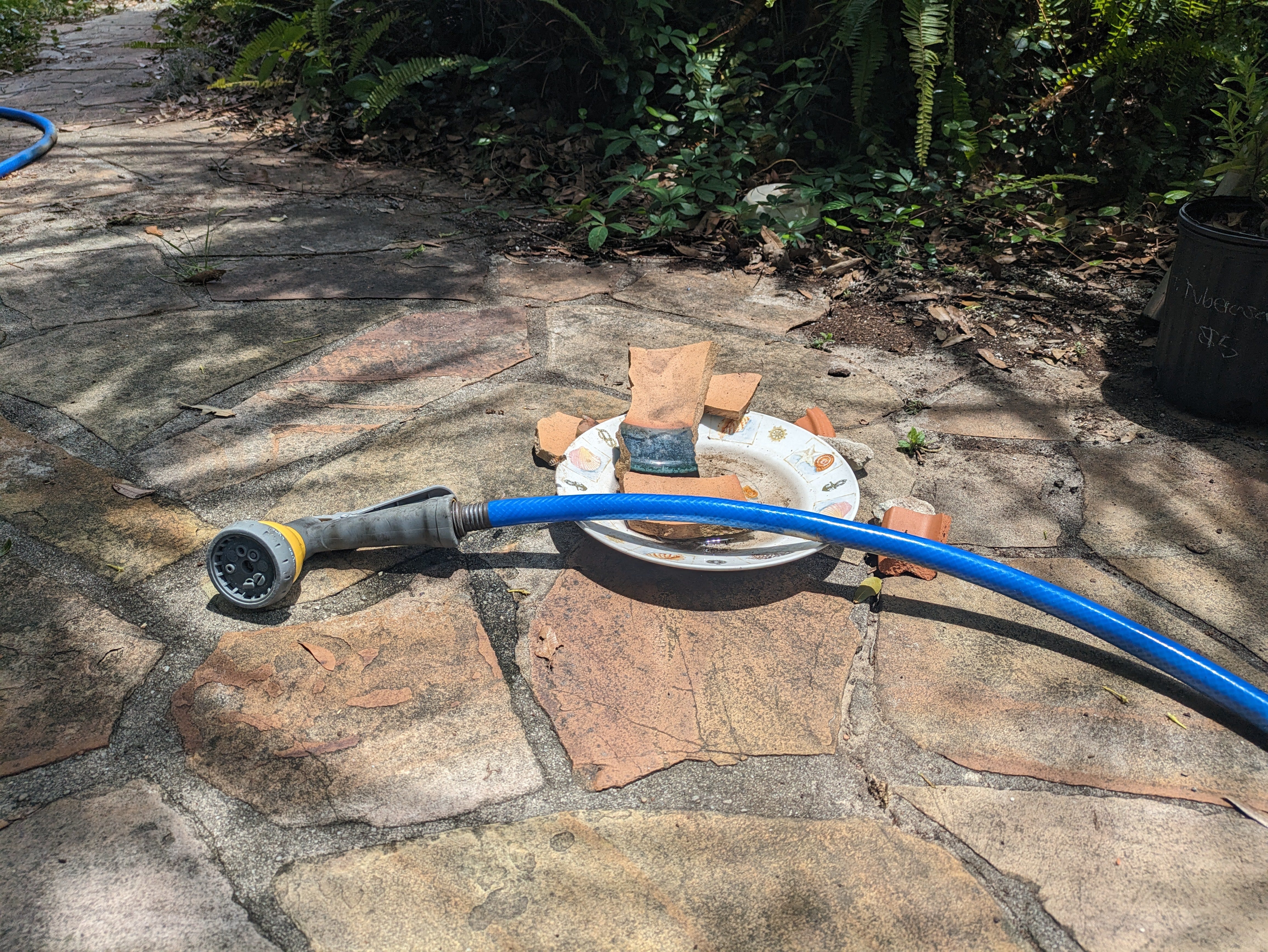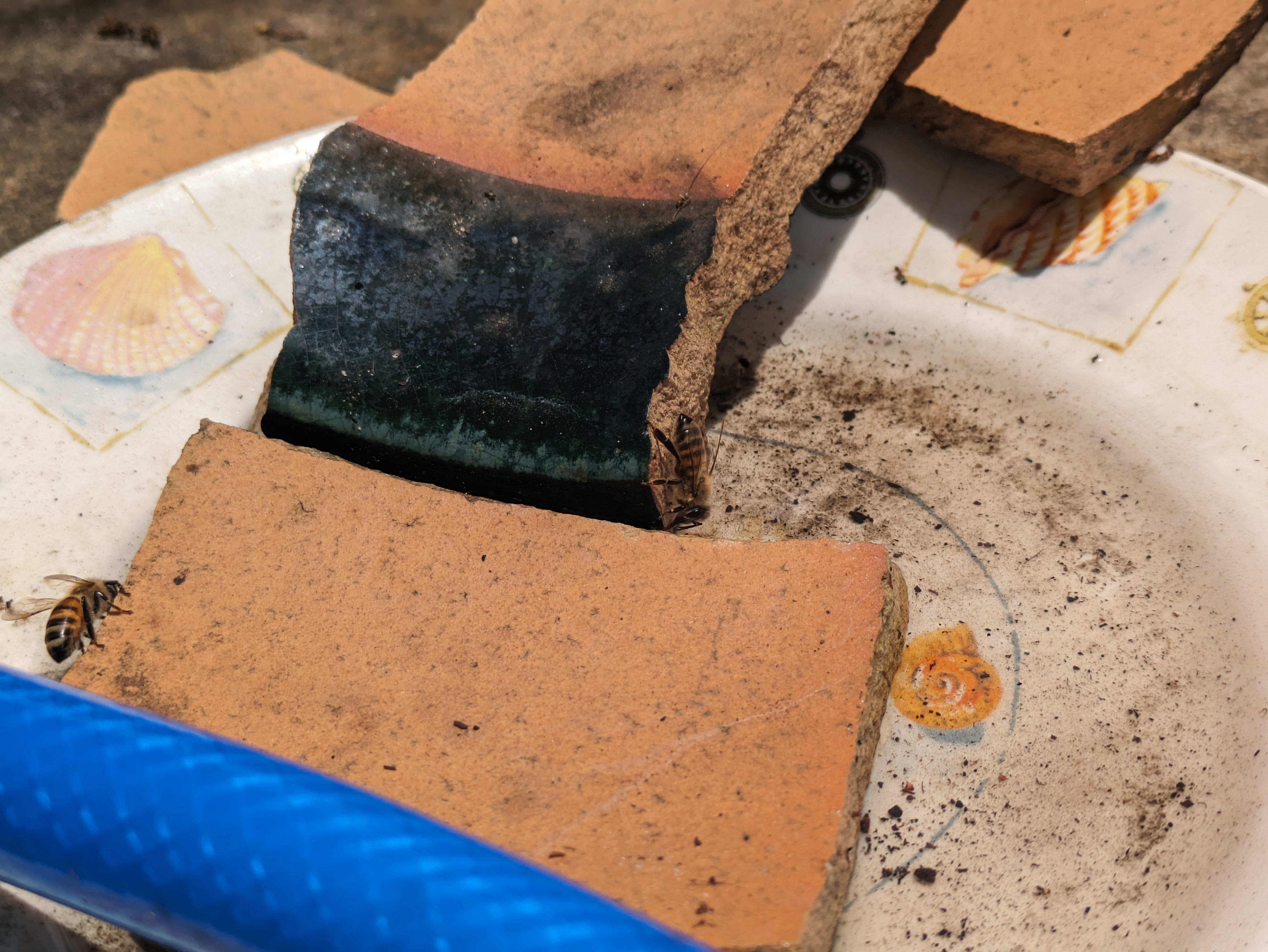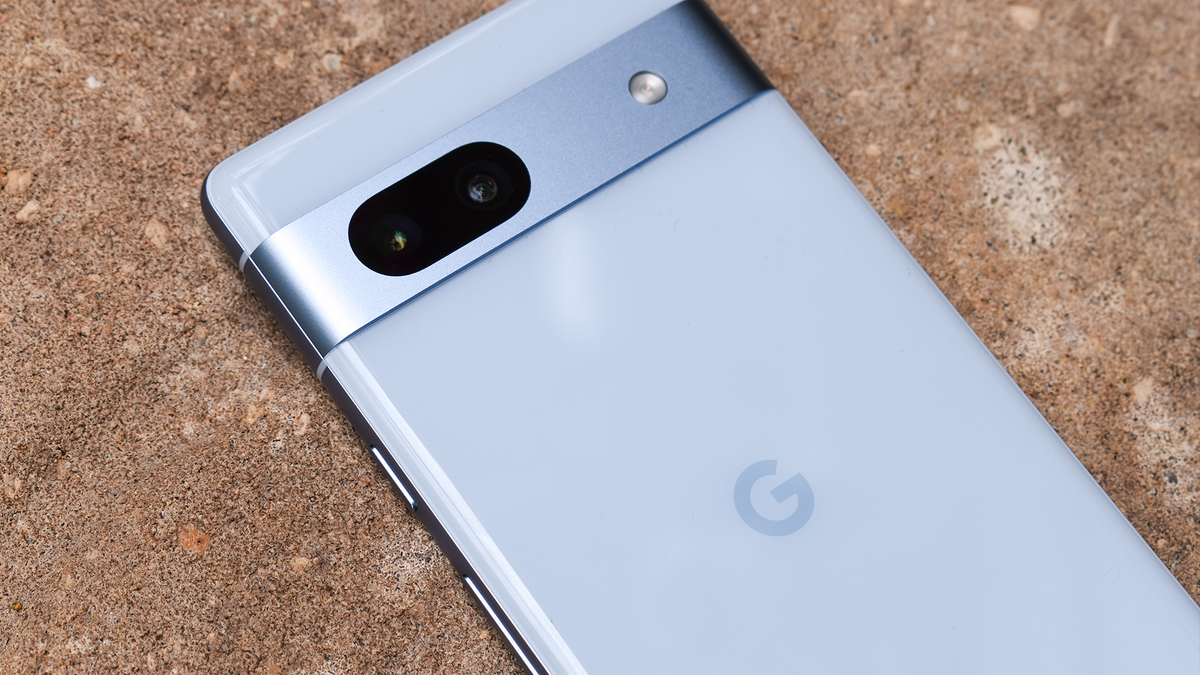
The Pixel 7 was a no-brainer, and now, Google is offering a similar device for $100 less. The Pixel 7a is now available for just $500, and in many ways, it’s identical to its more expensive sibling—it sounds too good to be true! Unfortunately, things aren’t that simple.
Note that I reviewed the standard Pixel 7 earlier this year. So, I’ll spend a lot of time comparing the Pixel 7a to the Pixel 7.
Here's What We Like
- Five years of security updates
- Cameras match the quality of Pixel 7
- Exclusive AI-enabled features
- 90Hz display and wireless charging
And What We Don't
- Doesn't make sense at full price
- Disappointing build quality
- Only three years of OS updates
- As with the Pixel 7, camera zoom noticeably lowers photo quality
Review Geek's expert reviewers go hands-on with each product we review. We put every piece of hardware through hours of testing in the real world and run them through benchmarks in our lab. We never accept payment to endorse or review a product and never aggregate other people’s reviews. Read more >>
Design and Build: Lackluster
Photo Quality: Very Impressive
Performance and Battery: Great for the Price
Software and AI: Exclusive Features Galore
The Gist: An Awkward Price, but a Good Phone
Design and Build: Lackluster
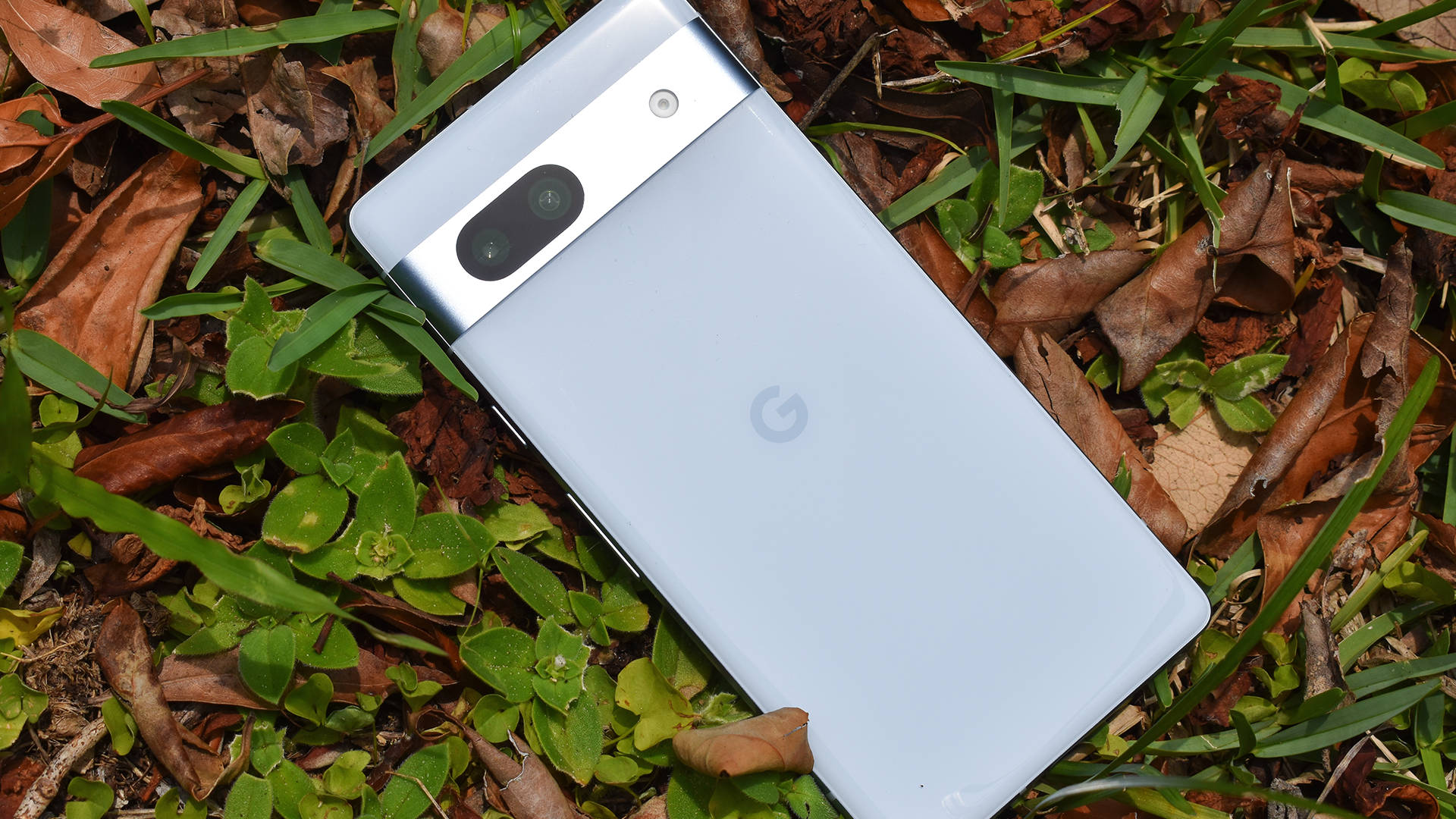
- Display: 6.1-inch AMOLED
- Maximum Refresh Rate: 90Hz
- Weight: 0.43 pounds (6.8 ounces)
- Dimensions: 6 x 2.8 x 0.4 inches (152 x 72.9 x 9.0 millimeters)
- Build: Gorilla Glass 3, plastic back, aluminum frame
- IPX Rating: IP67
- SIM Card: Nano-SIM and eSIM
- Audio: Stereo speakers
- Headphone Jack: No
I’m not really sure what Google was thinking when it chose the shape and size of this phone. The Pixel 7a uses a 6.1-inch screen, just like last year’s Pixel 6a. But its body is larger than that of its predecessor, and for better or worse, I wouldn’t call this a “small” or “one-handed” smartphone.
In fact, the Pixel 7a is just millimeters smaller than the Pixel 7. It also has larger bezels around its screen, and like the Pixel 6a, it uses Gorilla Glass 3. I was expecting a bit of an upgrade to the glass, as Gorilla Glass 3 is about a decade old at this point, but it’s a reasonable compromise for a phone of this price. I should also note that the IP67 dust and water-resistance rating, while good, is a slight downgrade from the Pixel 7’s IP68 rating.
Anyway, the display specs are pretty solid. The Pixel 7a uses an AMOLED panel with a maximum 90Hz refresh rate. Colors and contrast look good, the display supports HDR, and Google’s outdoor brightness mode is just enough to keep the screen visible in direct sunlight. (In case you’re wondering, the under-display fingerprint scanner isn’t any better or worse than the one that’s in the standard Pixel 7.)
As for actual build quality, I’m a bit bummed out. You can feel the edge of the aluminum frame on the back of this phone—it’s scratchy, and it makes the device uncomfortable to use without a case (my colleague also received a Pixel 7a and shares my complaint).
The Pixel 7a uses a plastic backside, which usually wouldn’t bother me. But this plastic feels unusually cheap and tacky. Previous devices in the Pixel A series were known for their relatively nice-feeling plastic, so I’m a bit surprised by the change of pace.
On the bright side, it seems that the Pixel 7a is somewhat repair-friendly. This is something that I suspected after looking at the seam between its aluminum frame and plastic back. Thankfully, someone filmed a teardown of the Pixel 7a and confirmed my suspicion.
Photo Quality: Very Impressive
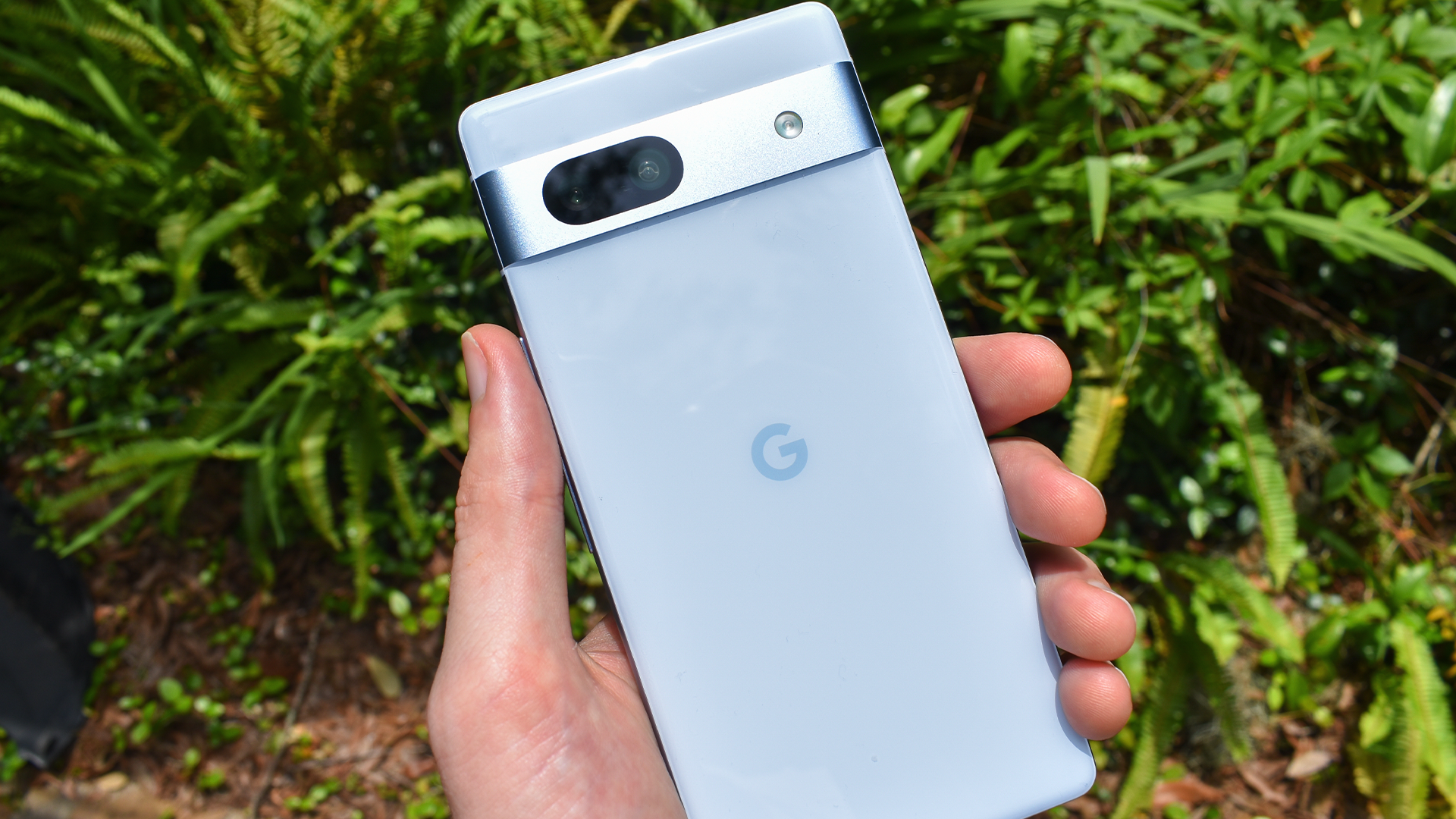
- Main Camera: 64MP f/1.89
- Ultra-Wide Camera: 13MP f/2.2
- Selfie Camera: 13MP f/2.2
- Video Settings: Maximum 4K 60FPS
Based on my testing, the Pixel 7a’s camera quality is basically indistinguishable from that of the Pixel 7. Both perform quite well and exceed the quality of similar-priced devices, though the Pixel 7a is slightly less consistent than the Pixel 7 in low-light environments. This may come as a bit of a surprise—after all, the Pixel 7a uses a 64MP camera, while the Pixel 7 has a 50MP lens.
But megapixels do not define camera quality. Plus, Google is extremely heavy-handed with its computational photography software, so any minor differences in quality (things like noise, depth of field, and so on) are hidden. The low-light inconsistency may be due to hardware, though I suspect that it’s a software optimization problem. After all, the Pixel 7a is Google’s first phone with a 64MP camera.
Anyway, the Pixel 7a takes amazing photos. Its main camera lens is the star of the show, though its ultra-wide and selfie cameras are also quite good. My complaints here are the same as they were in my Pixel 7 review—the zoom function noticeably reduces camera quality, Google’s processing often goes overboard (mainly with selfies and “fluffy” or “frizzy” subjects, such as a dandelion), and because the camera leans toward cool tones, some images have a hazy blue tint.
Special shooting modes, like Portrait Mode and Night Sight, work great on the Pixel 7a. Although Night Sight is still a bit hit or miss, especially if you’re too close to your subject.
Video performance is also quite good. Like the standard Pixel 7, the cheaper Pixel 7a can shoot at 4K 60FPS. Oddly, this phone doesn’t offer the Cinematic Blur video mode, but I don’t really like Cinematic Blur anyway, so I don’t consider this a loss.
All in all, the Pixel 7a offers fantastic photo and video quality for the money. If you’re on a very tight budget and need a phone with an amazing camera, this device (or last year’s Pixel 6 Pro, which is easy to find for under $500) might be your best bet, although I’d personally prefer to buy the Pixel 7a at a discount. Bear in mind that previous-gen Samsung flagships, like the Galaxy S22, are also easy to find at this price (and may offer better camera quality, depending on your taste).
Performance and Battery: Great for the Price

- Chipset: Tensor G2
- Storage: 128GB
- Memory: 6GB
- Operating System: Android 13
- Battery Capacity: 4385mAh
- Charging Speed: 18 watts
- Wireless Charging: 7.5 watts
Devices in the Pixel A series aim to deliver flagship performance at a low price. And in terms of raw power, the Pixel 7a plainly meets that goal. It runs Google’s Tensor G2 chipset—the same chipset that you’ll find in the Pixel 7 and Pixel 7 Pro. As a result, everything is quite snappy.
I didn’t run into any notable performance issues when testing the Pixel 7a. Animations are fast and fluid, Google’s AI-powered features run just fine, and Night Sight photography works its magic at a tolerable speed. But the Tensor G2 isn’t an amazing option for super-hardcore gaming. And the 6GB of RAM in this device (down from 8GB in the standard Pixel 7) may create a bit of a bottleneck if you use a ton of demanding apps.
But I’m very unhappy with the lack of expandable storage. This phone is only available in a 128GB configuration—fine for some people, but terrible for anyone who downloads a ton of apps or interacts with a lot of large files, like offline movie or music downloads. Photos and videos may also be a problem, as the Google Photos’ unlimited storage option isn’t free for Pixel users anymore.
On the bright side, the Pixel 7a offers wireless charging, which was missing from previous A-series devices. The wireless charging speed caps out at 7.5 watts, which is quite slow, but it’s better than nothing! If you only use a wireless charger while sleeping, the speed doesn’t really matter anyway.
And, with routine use, I found that the Pixel 7a lasts all day on a charge. Forcing the phone to run at 90Hz has a decent impact on its battery life, but unless you’re a serious phone addict who plays a lot of demanding games or shoots a lot of video, the battery should last all day.
Unfortunately, some reviewers had a different experience. My colleague, Justin Duino, experienced a serious battery-drain problem during his first week of testing the Pixel 7a for How-to Geek. This problem disappeared when he disabled the phone’s optional Face Unlock and Face Auto Rotate features. Still, I suspect that battery drain will be a relatively common complaint among early reviewers and customers—Pixel phones tend to have weird and inconsistent problems.
Software and AI: Exclusive Features Galore

When Google switched from Snapdragon chipsets to its custom Tensor platform, its goal was to enable more AI-powered features on the Pixel. So the Pixel 7a contains a ton of very useful and exclusive features. These, combined with Google’s cameras, are the main selling points for the Pixel series.
To be clear, I went over most of these features in my review of the standard Pixel 7. If you’ve already read that review, you can probably skip this section.
- Advanced Recording: The Voice Recorder app on Pixel 7-series phones can transcribe full conversations with audio labels for each speaker. It’s a good feature for interviews, podcasts, and college classes.
- Audio Message Transcriptions: Google can transcribe audio messages, so you don’t have to listen to them.
- Call Screening: Google will try its best to identify who’s calling, and it will automatically decline spam calls. You can also ask Google Assistant to answer unknown callers and see what they want.
- Direct My Call: Tired of talking to robots? Google Pixel smartphones create a visual system for call menu systems.
- Emoji Suggestions When Voice Typing: A great feature for those who use their voice to type out messages.
- Free Google One VPN: The Pixel 7a comes with Google One VPN, a feature that’s usually exclusive to Google’s 2TB cloud storage subscription.
- Song Identification: The Pixel 7a can automatically identify any music that’s playing and show the details on your lock screen. This feature is surprisingly accurate.
- Universal Search: The search bar on your Pixel 7a home screen can look up apps, contacts, files, webpages, and more. It’s similar to the Spotlight search on iOS.
I should clarify that many of these features, including song identification, are available on older Pixel phones. But they aren’t offered on any other Android devices, such as those made by Samsung or Motorola.
The Gist: An Awkward Price, but a Good Phone

It’s easy for me to say that the Pixel 7a is a good phone. After all, it offers flagship performance, high-end cameras, Google’s exclusive features, and wireless charging for just $500. It’s also guaranteed for five years of security updates, which is pretty fantastic for a device at this price.
But the standard Pixel 7 regularly goes on sale for $550, meaning that you can get it for just $50 more than the Pixel 7a (if you’re patient). Considering the relatively poor build quality of the Pixel 7a, plus its reduced RAM, charging speed, and screen size, I just can’t recommend buying it at full price.
Discounts for the Pixel 7a will come around before the end of the year. And early buyers will enjoy some fun perks, like a free pair of Pixel Buds A-series and crazy promotional trade-in offers. If you want the Pixel 7a, I suggest that you buy it while the promotional offers are in effect. Or, simply wait until the price hits $450.
Here’s What We Like
- Five years of security updates
- Cameras match the quality of Pixel 7
- Exclusive AI-enabled features
- 90Hz display and wireless charging
And What We Don't
- Doesn't make sense at full price
- Disappointing build quality
- Only three years of OS updates
- As with the Pixel 7, camera zoom noticeably lowers photo quality


 Andrew Heinzman
Andrew Heinzman